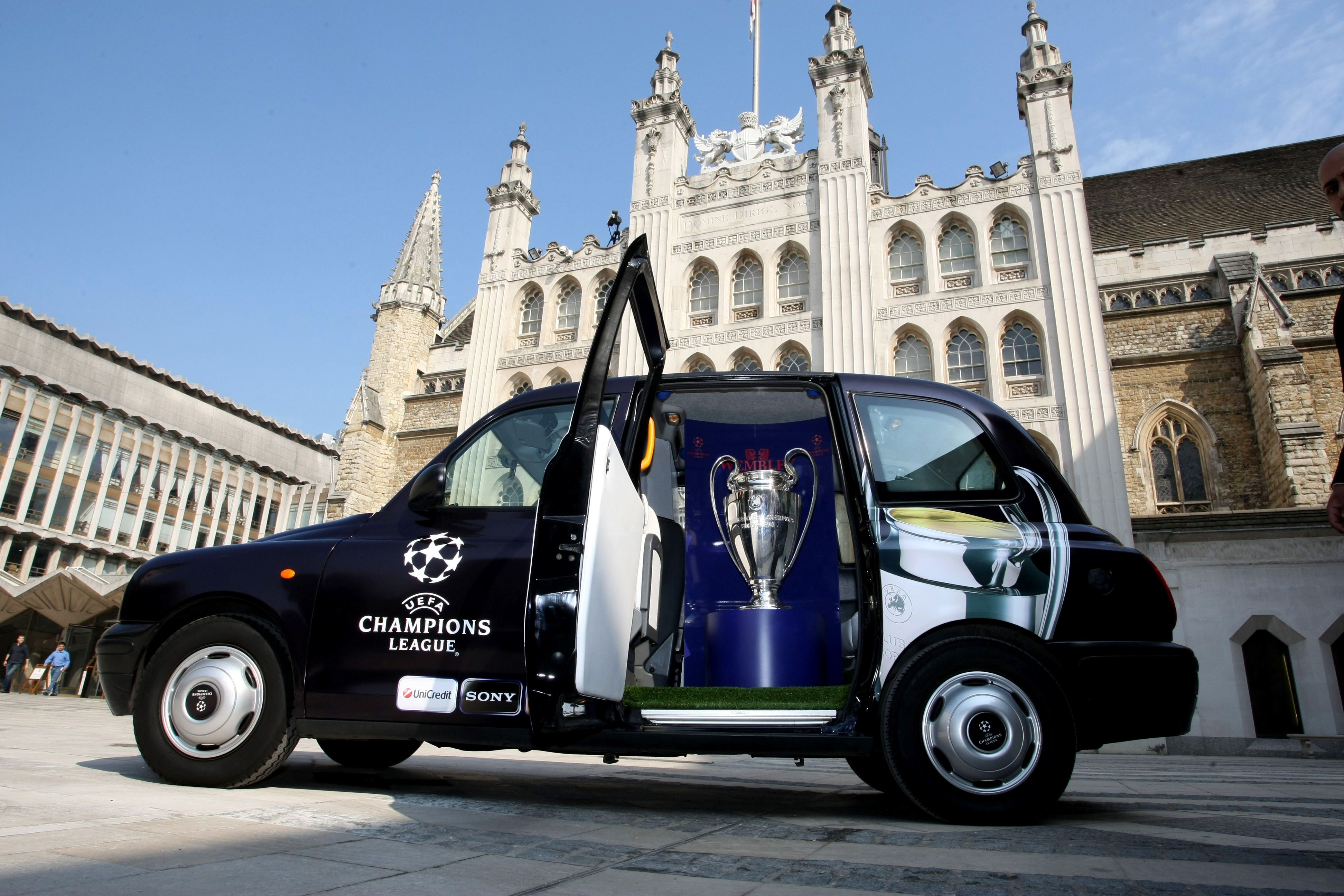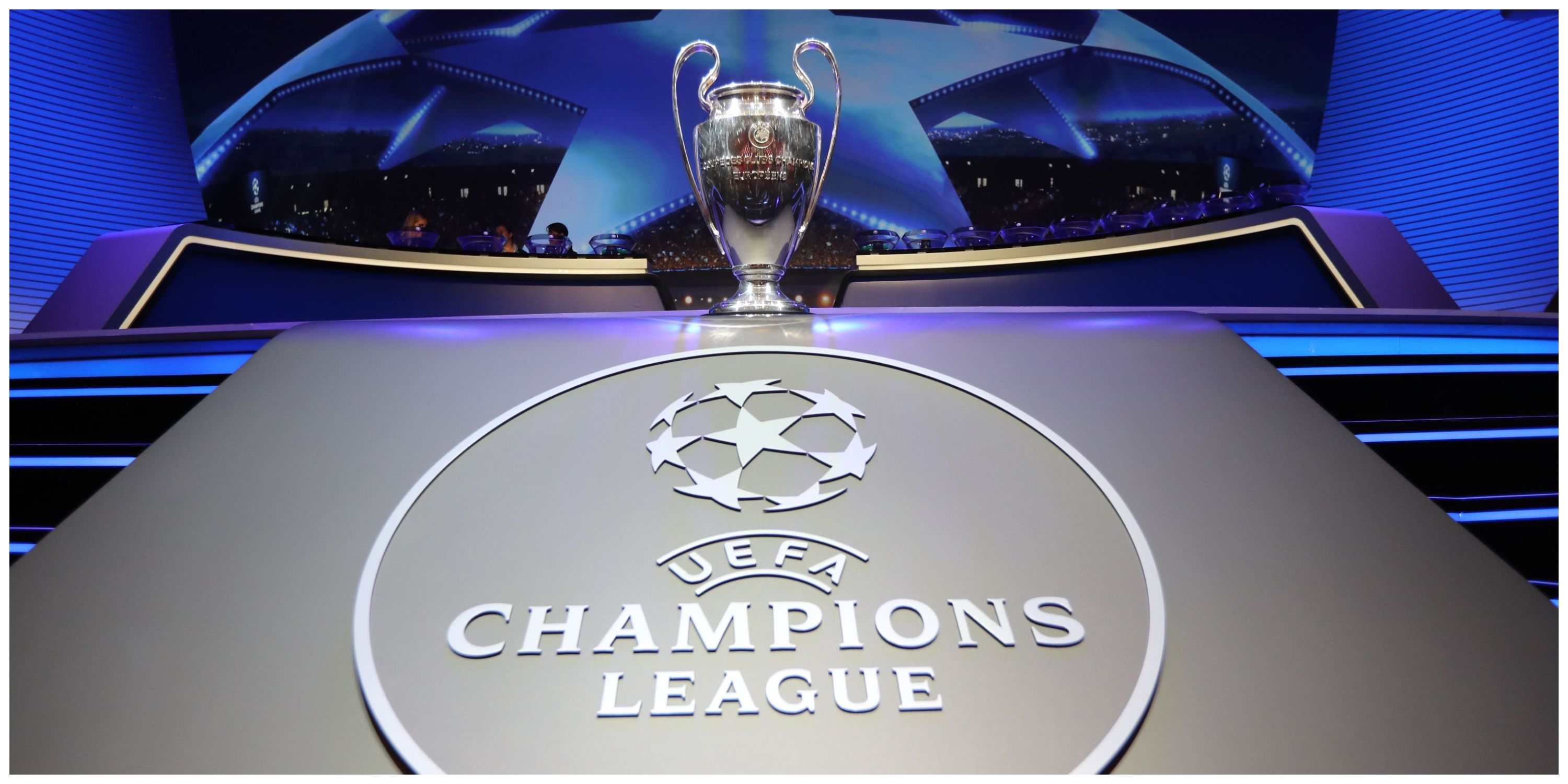Highlights
- The Champions League will undergo a major revamp in the 2024/25 season, adopting a 'Swiss-style' format with one table of 36 clubs instead of traditional group stages.
- Each team will play 10 matches against pre-drawn opponents, with the top eight automatically advancing to the knockout rounds and teams between 9th and 24th entering a playoff round.
- The new format aims to increase competition, with more matches and the possibility of top teams facing off earlier in the competition. UEFA expects to generate more revenue from the expanded tournament.
The Champions League is going to look very different come the 2024/25 season. UEFA announced the greatest club competition in Europe is set for a huge revamp starting next season, revamping to the 'Swiss-style'. It's called the 'Swiss-style' because it's based on the Swiss-system tournament used in chess, whereby each team does not play all the others.
UEFA will be making huge changes to the prestigious tournament that will see the traditional group stages scrapped. Instead, there will be one big table of 36 clubs - four more than the current 32. Each side will play 10 matches - half of them at home and half of them away - against pre-drawn sides.
Then, the top eight clubs after everyone has played 10 matches will automatically go through to the knockout rounds. Those teams that finished between 9th and 24th will enter a playoff round. They will face teams placed 17th to 24th over two legs with the winner proceeding to the last-16 knockout round which will be played in the traditional format.
The Champions League format in 2024/25
Uefa say: "The pivotal change in the reforms announced by the UEFA Executive Committee after its meeting on 19 April 2021 is the departure from the current format’s opening 32-team group stage. The present Champions League season begins with participants divided into eight groups of four. From the 2024/25 season, there will be a single league made up of all 36 competing clubs. This will give four more sides the opportunity to compete against the best clubs in Europe.
"Under the new format, teams will play four matches more than is currently the case. They will no longer play three opponents twice – home and away – but will instead face fixtures against 10 different teams, half of them at home and half of them away. This gives the opportunity for clubs to test themselves against a wider range of opponents – and also raises the prospect of fans seeing the top teams go head-to-head more often earlier in the competition. The new format should mean that there is more to play for right up until the final night of league action."
In theory, we will see the bigger clubs play each other more regularly. UEFA are set to create four pots of nine teams, based on the five-year club coefficient. Then each side will play two sides from each pot - one at home and one away. For instance, teams in Pot 1 would draw two other clubs from Pot 1, 2, 3 and 4.
How will the knockout rounds work?
UEFA say: "The results of each match will decide the overall ranking in the new league, with three points for a win and one for a draw still applying.
"While the top eight teams will advance automatically to the round of 16, those sides placed between ninth and 24th will enter a play-off round. Those who finished between ninth and 16th will be seeded in the play-off draw, meaning they will face a team placed 17th to 24th – with home advantage in the second-leg match. Teams who finish 25th or lower will be eliminated, with no access to the UEFA Europa League.
"The eight clubs who prevail in the play-offs will then progress to the round of 16 where they will each face one of the top-eight finishers."
In the current format, clubs from the same confederation can't meet until the quarter finals. While they will avoid each other in the group stage, they can now meet in the playoff round as well as the last-16. The way the last-16 is drawn will also differ with it being fully seeded based on the finishing position in the group table. The team that finishes top will be placed on one side of the draw, the team that finish second will be placed on the other side of the draw and so on. In theory, it should keep the best sides apart until the latter rounds of the competition. Once the draw for the last-16 has been made, the entire path to the final will be clear.
Where will be extra four clubs come from?
This is the controversial bit. Two of the four slots will go to clubs who 'achieved the best collective performance' in Europe in the previous season. Effectively, the nation's clubs who performed best in the Champions League, Europa League and Europa Conference League based on coefficient points earned. Points are earned with each win, draw and loss as well as reaching certain stages of the competition. If those rules were in place last season, England and the Netherlands would be awarded an extra slot. In fact, in four of the past five campaigns, a team in the Premier League would have received one of the additional slots meaning the club that finished fifth in the table would qualify for the Champions League.
One of the other slots will go to the club that finishes 3rd in the league of the fifth-placed nation in the UEFA national rankings. That is currently France's Ligue 1. This is because the third and fourth nations already have their top four going into the group stage so UEFA want the top two nations having five clubs, and the other three having four clubs.
The final group place will go to a domestic champion by increasing to five clubs qualifying via the “Champions Path”.
Why are UEFA changing the Champions League?
Usually, these decisions are down to money. UEFA make €3.5 billion every year from the Champions League but have decided they can squeeze a little more out of it. With four extra teams involved, more matches (189 instead of 125) and less chance that the most lucrative clubs miss out (more on that later), it's expected UEFA will start making €4.5 billion from the Champions League yearly.
 Football fans discover the new Champions League format on Football Manager
Football fans discover the new Champions League format on Football Manager
So, the Champions League will change dramatically. But it wasn't until the release of Football Manager 23 that some football fans understood exactly how it'll work in practice. Now, after the release of the popular game, fans have had the opportunity to experience the 2024/25 format of the Champions League.
An image of the 36-team league for the competition was doing the rounds on social media, leaving many utterly confused by what was going on.
No, it's not a FM23 bug. That's exactly how the Champions League will look come 2024/25. Check out the reaction:
What about the Europa League and the Europa Conference League?
Both of the lesser European competitions will also adopt the Swiss Model from 2024 and increase from 32 to 36 clubs. There will be eight group matches in the Europa League but the Europa Conference League will still have six. As with the Champions League, there will be a playoff round to reach the last 16 but there won't a drop down from the Europa League to the Europa Conference League.










